10 Reasons Why The Ohio River Remains Polluted
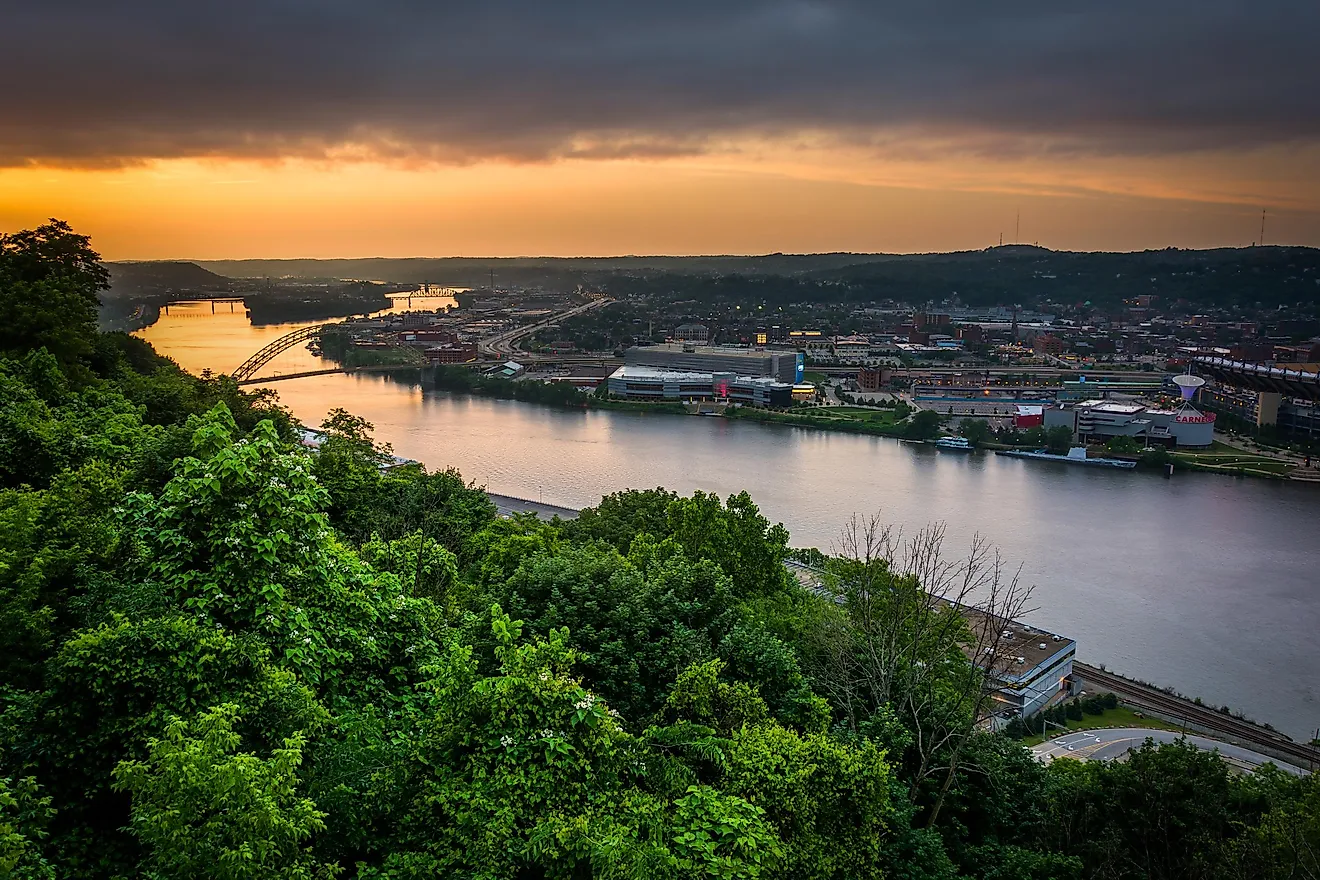
- The Ohio River flows through six states and collects drainage from 15 states.
- The Ohio river is considered the most polluted river in the United States.
- Many fish species living in the Ohio River are in danger of extinction.
The Ohio River is located in the midwestern United States and is 981 miles long. It is the third biggest river by discharge volume in the United States, starting its flow from western Pennsylvania and ending on the Mississippi River at the southernmost tip of Illinois.
The Ohio River flows through six states, and it collects the drainage basin from 15 states. This river provides drinking water for three million inhabitants of the United States. It is, however, considered to be the most polluted river in the United States. The river is believed to have somewhere around 20 million pounds of toxic discharge. The river may never get thoroughly cleaned up, and here are some of the reasons why.
10. The Pollution Is The Result Of Industrialization
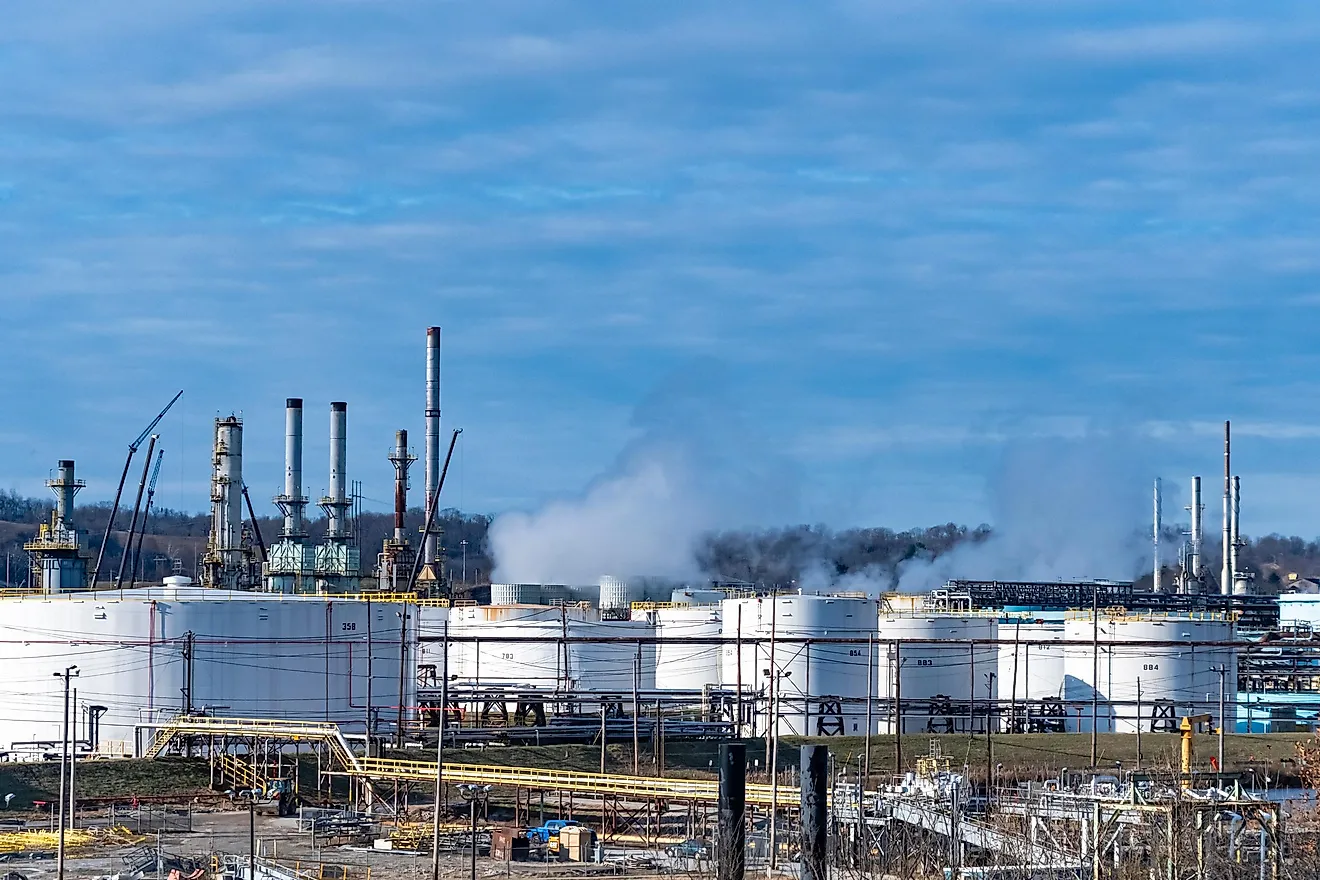
The pollution of waterways often happens as a consequence of industrialization. The Ohio River is believed to have been polluted during a long period of industrialization. Trade routes were built along rivers, and this led to small towns being urbanized alongside the Ohio River. The fact that this process lasted for so long makes it harder to completely clean up the river, especially since there are toxic chemicals there that flow from A.K. Steel, a steel production company.
9. The Toxins Found Are Mostly Nitrate Compounds
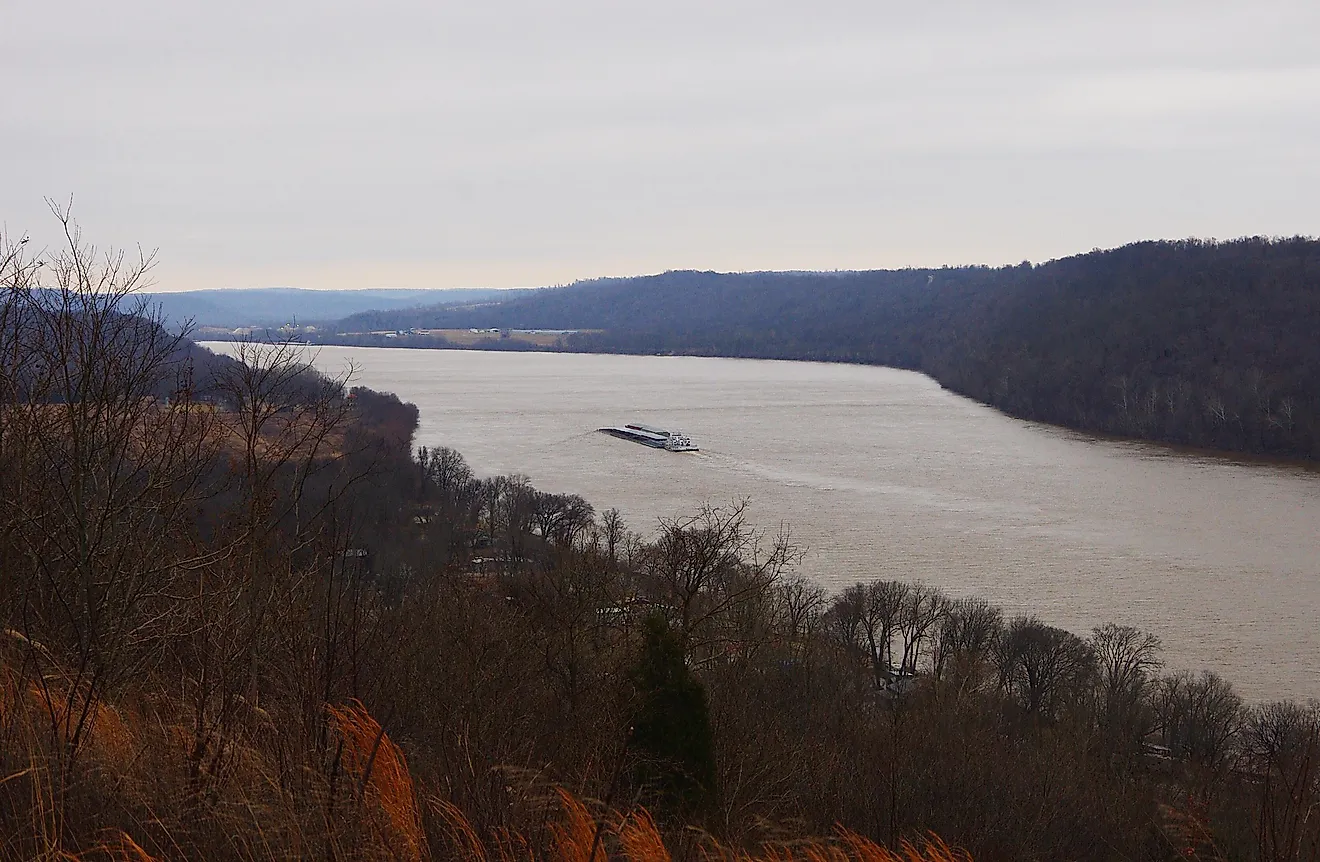
Given the increase in the number of steel factories, the Ohio River is mostly polluted by nitrate compounds. There are also large amounts of mercury there. These pollutants are hard to get rid of, especially since they are continuously being thrown into the river. To stop this would require entire industries to change how they conduct their business.
8. The Industrial Plants Are Stuck in Their Ways
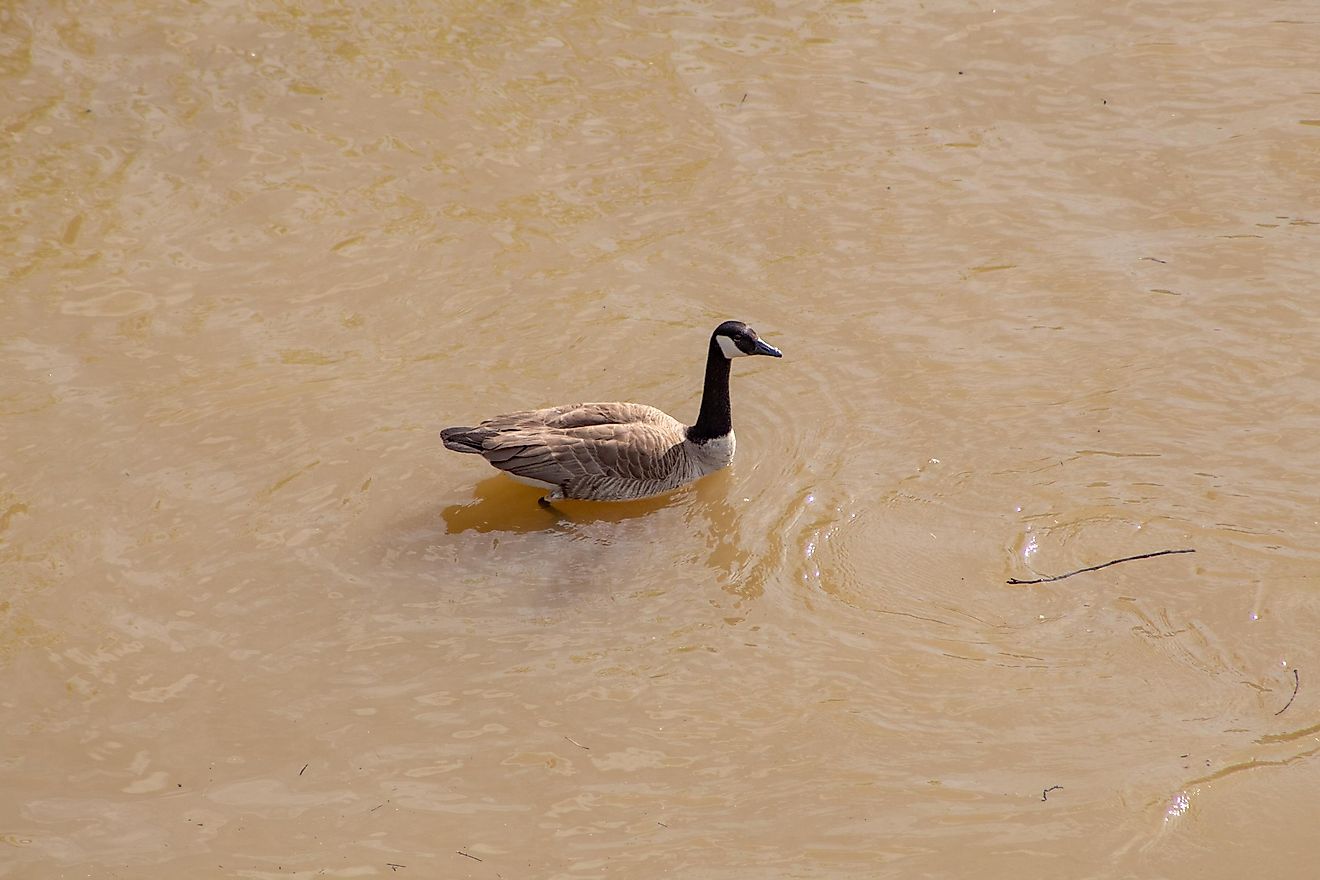
As with many other problems in nature, the majority of the issues could be solved if the various factories used for industrial development would change the way they function. By switching to a more clean source of energy, we could lessen the pollution everywhere, not just the Ohio River. However, this is unlikely to happen.
7. The Power Plants Are Allowed To “Bend The Law”

The Clean Water Act forbids the dumping of mercury into waters that exceed certain amounts. However, the power plants have a variance that bypasses the act, so they are technically allowed to do it. They are dumping massive amounts of mercury into the water, which makes cleaning the river from pollution almost impossible.
6. The Algae Bloom
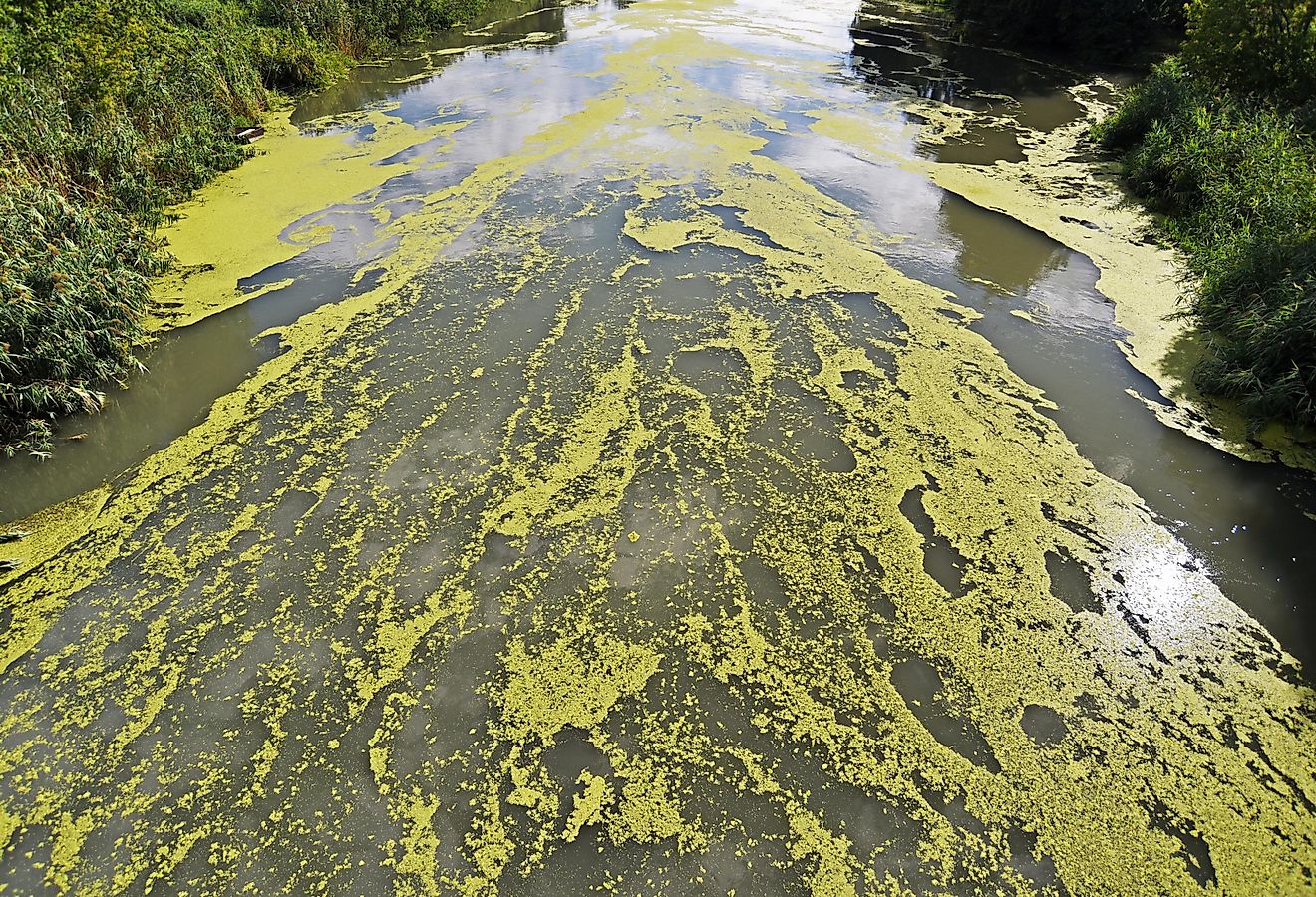
The algae bloom is another result of the pollution of the Ohio River. Power plants are once again the reason why these algae appear and make cleaning up the water harder. The algae are caused by nitrates and phosphates from the power plants, which they use to clean up the sulfuric acid. All the efforts made to try and solve this issue were not enough and obviously cannot solve the problem.
5. ORSANCO Is Not Doing Enough
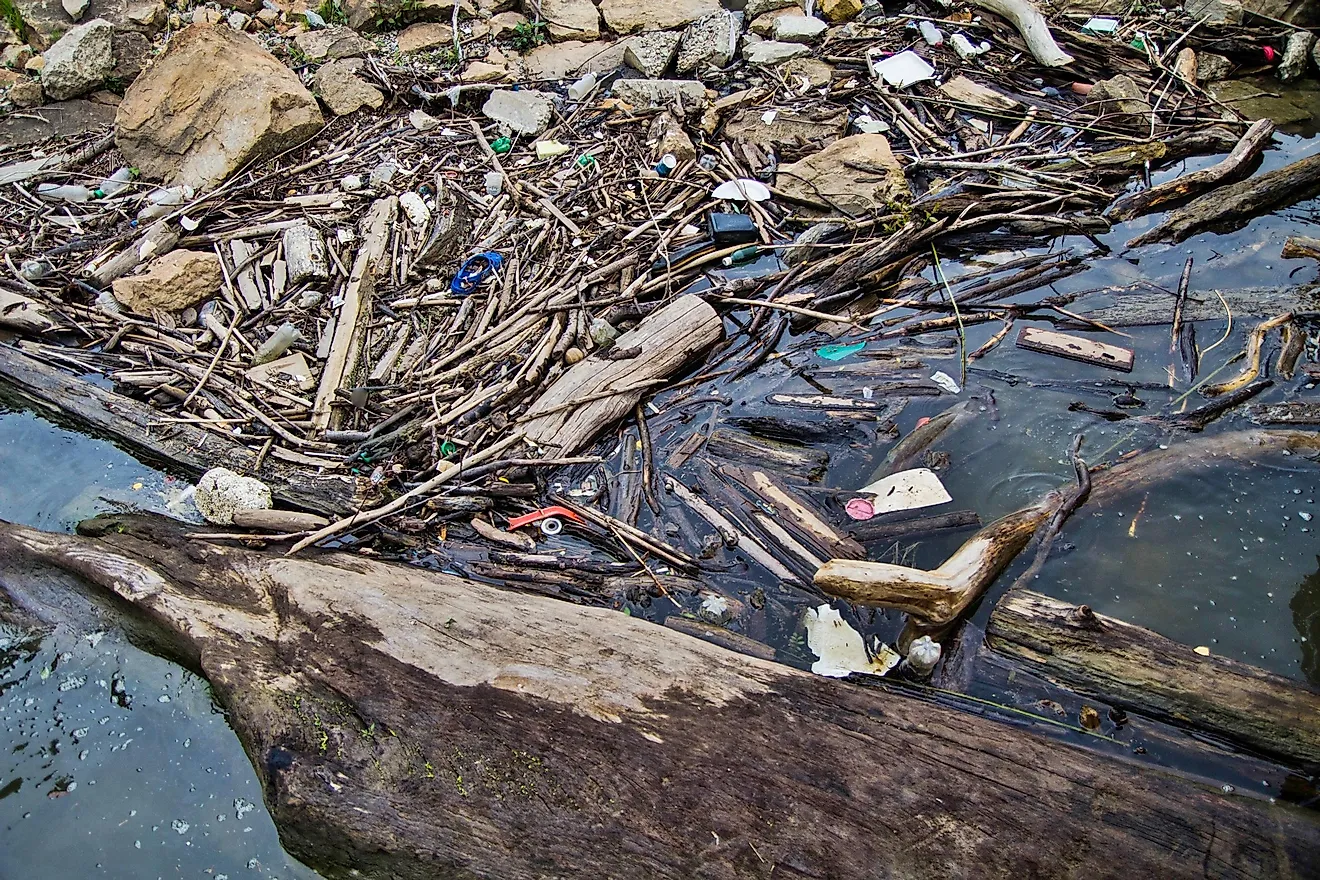
ORSANCO is the commission organized to clean up the Ohio River. The acronym stands for the Ohio River Valley Water Sanitation Commission, and their efforts are considered by many not to be doing enough for the process of cleaning up the river. People believe that they are ignoring the broader causes of environmental pollution, which makes it harder to clean the Ohio River as well completely.
4. Not All States Adopt ORSANCO Standards

We cannot place the blame on ORSANCO entirely, however. They do have specific standards they require to be upheld, and certain states refuse to do so. As we previously mentioned, the Ohio River flows through six states, and the rules and regulations may vary according to each state. This makes it harder to create a unified set of rules on how to approach the pollution of the waters.
3. Raw Sewage
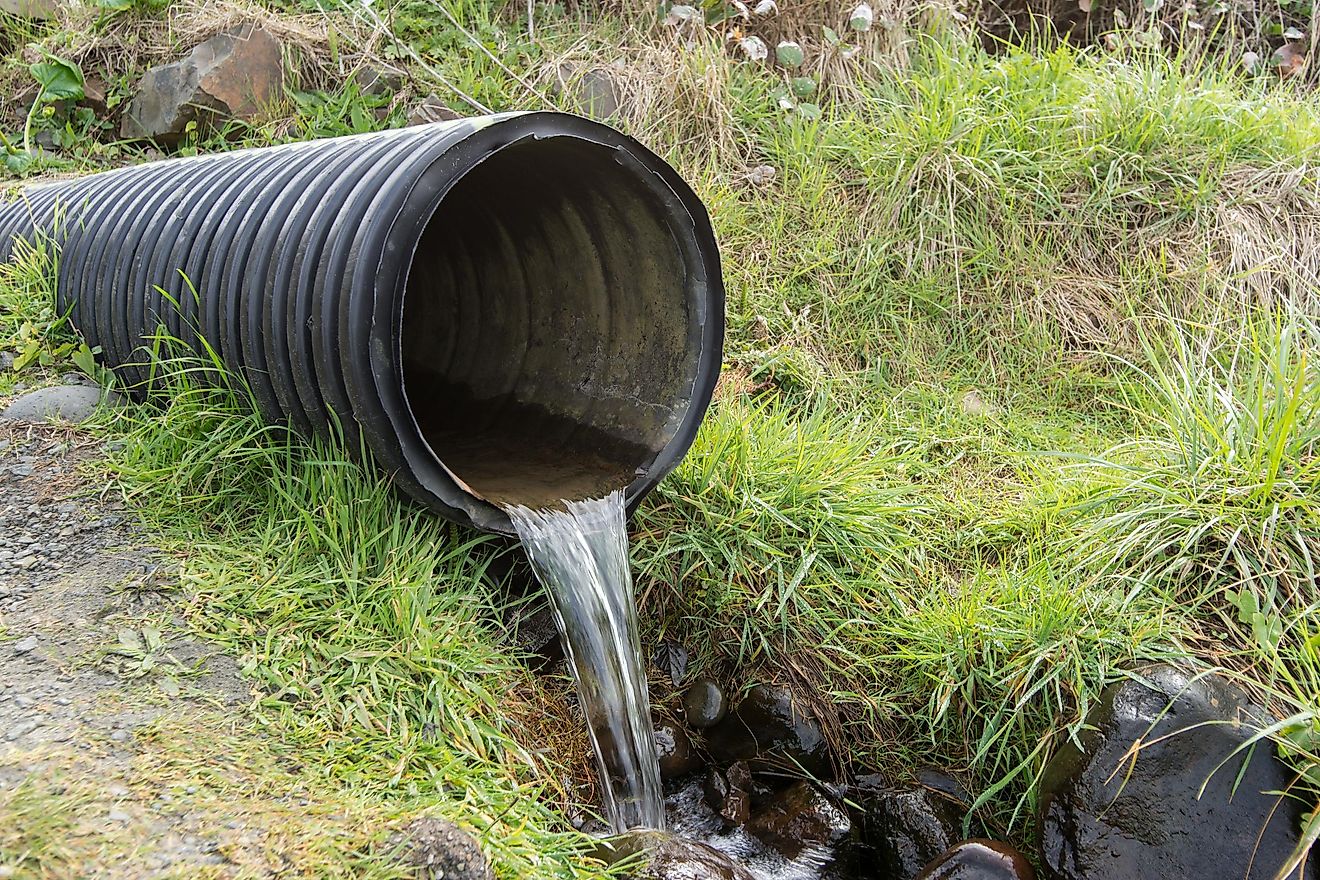
Another source of pollution is the raw sewage that is being discharged directly into the river at more than 1350 points. Due to this fact, vast stretches of the Ohio River forbid swimming in them. Of course, there are also large amounts of non-source pollution come from urban areas and various agricultural endeavors.
2. Acid Mine Drainage
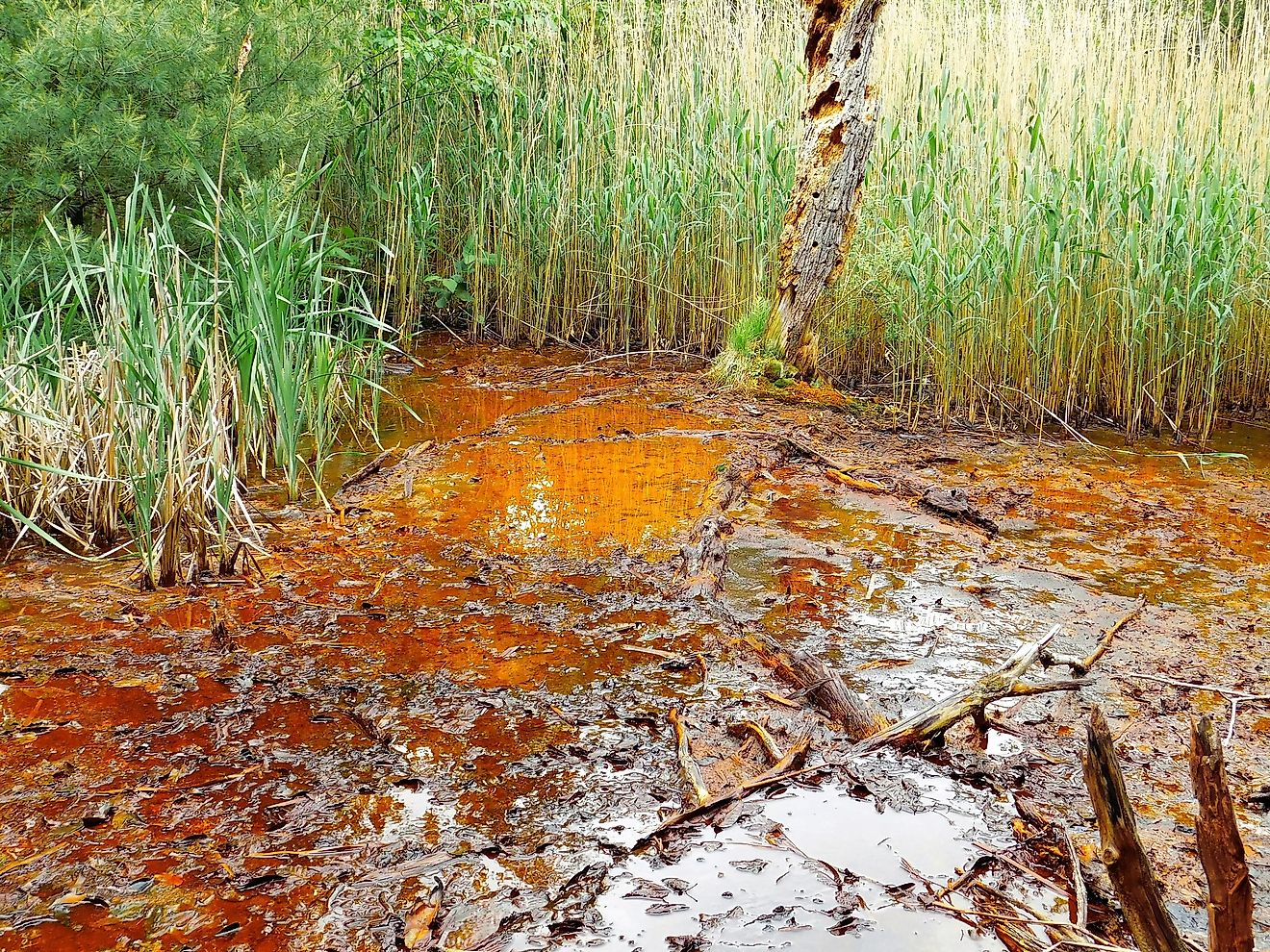
Another major reason why it will be terribly hard to clean up the Ohio River is the fact that the water gets badly polluted by acid mine drainage. This causes major problems with water quality. The river flows through old mines and becomes contaminated with high concentrations of metals and sulfur. This is a problem that is almost impossible to solve.
1. Many Species Are In Danger Of Extinction
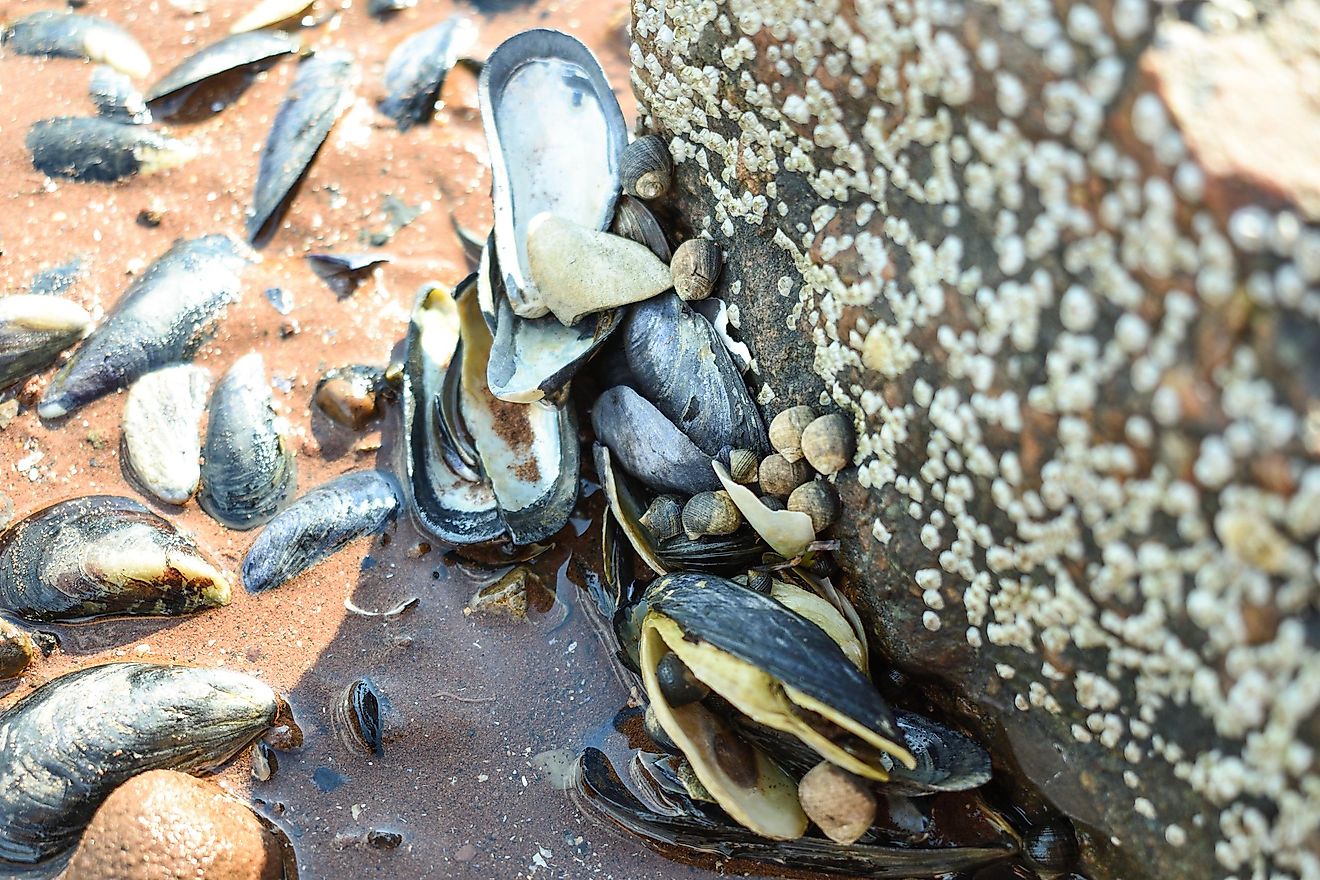
In the past, 80 species of mussels lived in the Ohio River, but currently, we can find only 50 species. Many more species are in constant danger of extinction. While this isn’t a direct reason why cleaning up the river seems impossible, it is a good indicator of the state of pollution. Due to the fact that entire species are becoming extinct, we can see how dire the situation is, and why we might never be able to clean up the Ohio River.











